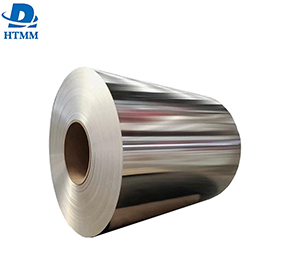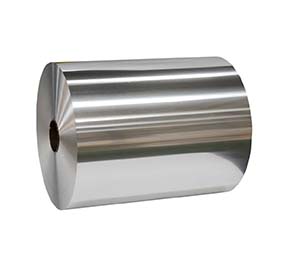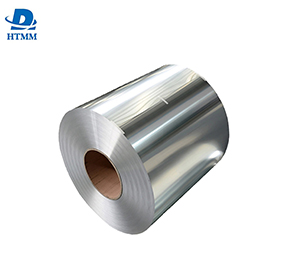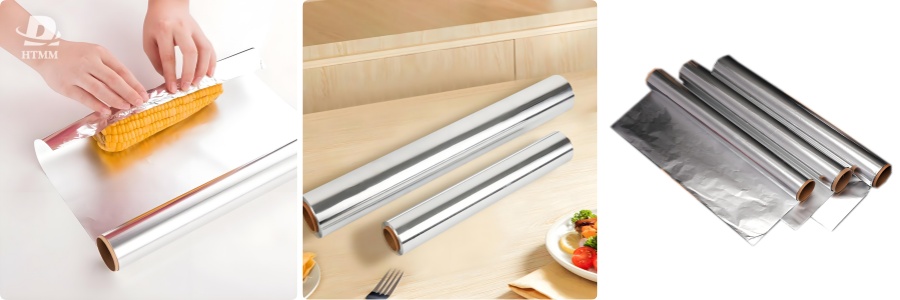
How 18 Micron Aluminum Foil is Used in Commercial Products
18 micron aluminum foil is thicker, stronger, and more tear resistant than 14 micron aluminum foil. This makes it especially valuable in fast-paced kitchens where fluidity and precision are paramount. Professional chefs are used to working at high temperatures, with heavier food items and longer cooking times, which necessitates a more durable foil. Heavy duty aluminum foil used has an additional layer of thickness. It’s particularly well-suited for grilling, roasting and wrapping meats, when a thinner foil can break or leak.
Cost and Performance Considerations
18 micron aluminum foil is more expensive than 14 micron aluminum foil, but it is more durable. Cost-effectiveness is a key consideration for restaurants and catering businesses that use large amounts of foil every day. However, when heavy-duty strength isn't needed—covering trays, wrapping baked goods, storing leftovers—14 micron aluminum foil represents a more cost-efficient alternative without sacrificing function. HTMM provides these thicknesses in Household Aluminum Foil Roll format, so that businesses can select the option best suited to their needs.
Foil Thickness by our Regional Culinary Experience
Aluminum foil thickness requirements vary from region to region and cuisine to cuisine. In nations where grilling and roasting enjoy a long history in the culinary arts, including the U.S., Brazil, and Argentina, 18 micron aluminum foil commonly gets used for dealing with the larger cuts of meat and longer cooking cycles. On the other hand, Asian cuisines that use lighter steaming and wrapping may get away with 14 micron aluminum foil. In Mediterranean and Middle Eastern kitchens, where baking and slow-cooked dishes are prevalent, cooks use both thicknesses, depending on the dish and technique. HTMM knows these regional preferences and provides a range of foil products that can accommodate different cooking customs.
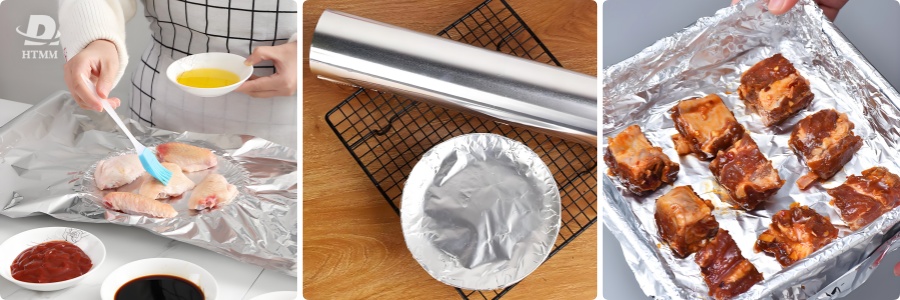
Quality and Customization: The HTMM Advantage
HTMM — a trusted brand of heavy duty aluminum foil is committed to using 14 micron aluminum foil and 18 micron aluminum foil that have been tried and tested for quality, safety, strength and versatility. For home kitchens, restaurants, or large-scale catering, HTMM’s aluminum foil products give you stability and reliability. They also provide width and length adjustment & packaging customization to allow commercial kitchens to ensure that they have the right product for their particular applications.
The balance between self-awareness and humility
The final determination of whether 14 micron aluminum foil or 18 micron aluminum foil should be used is a function of the food that is being prepared, economic constraints, and regional cooking methods. Although, 18 micron foil is the recommended choice for very demanding commercial kitchen environments, 14 micron aluminium foil is suited for less weighty applications as well and is a sensible choice.

